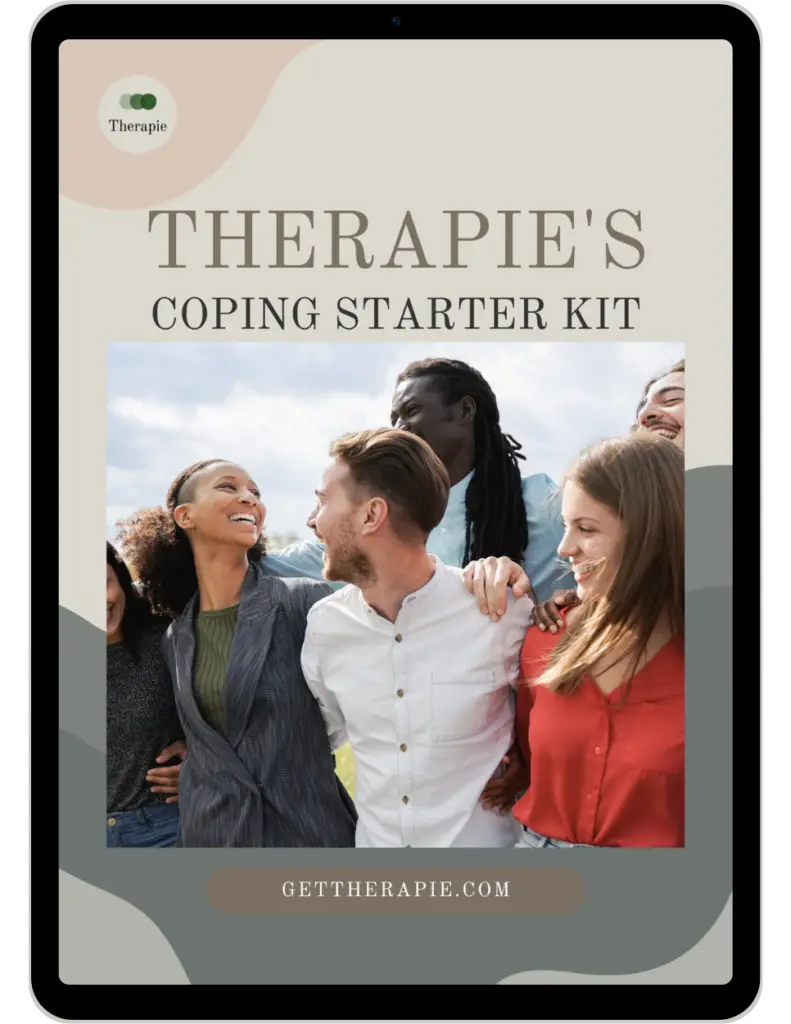
When you’ve gone through a traumatic event, talking about it can seem uncomfortable, scary, and nearly impossible. On top of your internal feelings, society often encourages us to be resilient instead of vulnerable. This can make you feel like you have to edit, soften, or even sanitize your trauma story.
To avoid judgment and shame, trauma victims can leave out important details of what took place or even downplay what actually happened. While this can provide temporary relief and social acceptance, sanitizing your story can actually prevent you from truly moving forward, healing, and connecting with others. Here’s how it holds you back.
It Can Make You Feel Worse
Sanitizing your story may seem like a great idea, but doing so can reinforce the belief that your experience and what happened to you were too much or unacceptable. This belief can lead to more shame, guilt, and isolation instead of healing.
It’s like putting a Band-Aid on a wound without properly cleaning it first. The wound may look okay from the outside, but it’s not going to heal properly and can even worsen over time if left untreated.
It Can Make You Feel Disconnected From Others
You may feel like you’re doing others a favor by sanitizing your story. In reality, doing so can make you feel disconnected, isolated, and alone. If you’re only letting people in with certain details of your story, they won’t be able to see the full picture, which can prevent them from responding to you in supportive ways.
This can cause a disconnection and gap from what actually happened versus what you’re trying to present to others. Connection can be just as important for you as food, water, and shelter. A true connection with someone requires honesty and vulnerability to create a deeper and stronger relationship.
Hiding vs. Privacy
Experiencing a traumatic event isn’t easy, but having to relive those memories or talk about what happened can feel like a never-ending cycle. It is important to note the difference between wanting to be private and hiding what happened.
You don’t have to share what happened to you with everyone, unless you want to, of course. You get to choose who, when, and where you share your story with. Just make sure you’re being honest with yourself and others and not trying to hide the truth along the way.
Healing Comes With Being Honest
True healing begins with honesty—with yourself and with others. You can’t fully recover if you’re only sharing a version of your story shaped by what you think it should sound like. When you allow yourself to be genuine and open, you reclaim ownership of your experience.
When you allow yourself to be genuine and open, you reclaim ownership of your story. Not the version filtered through shame or fear, but the one rooted in truth. This kind of honesty sends a powerful message to your body and brain: that you’re no longer in survival mode, that you are safe now, and that it’s okay to let your guard down.
Next Steps
Your story doesn’t have to be altered or edited for the comfort of others. While it’s easier said than done, being honest, open, and accurate about your experience can end up being one of the strongest things you do.
Again, you don’t have to share your story with the whole world—but opening up to a few trusted loved ones can be incredibly healing. Sharing your experience in a safe, supportive space helps you feel more connected, accepted, and empowered in your journey. If you’re ready to begin processing what you’ve been through, trauma therapy can provide the tools and guidance to help you heal those deep wounds and feel more confident in expressing your truth.

